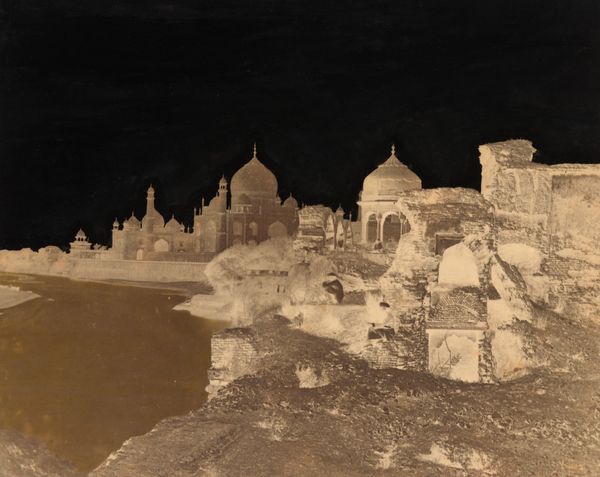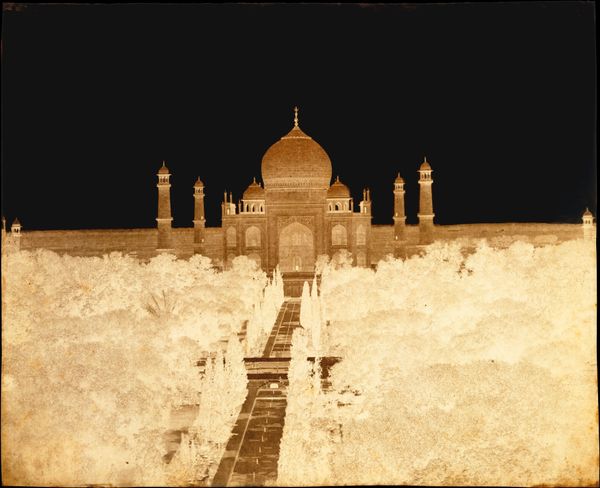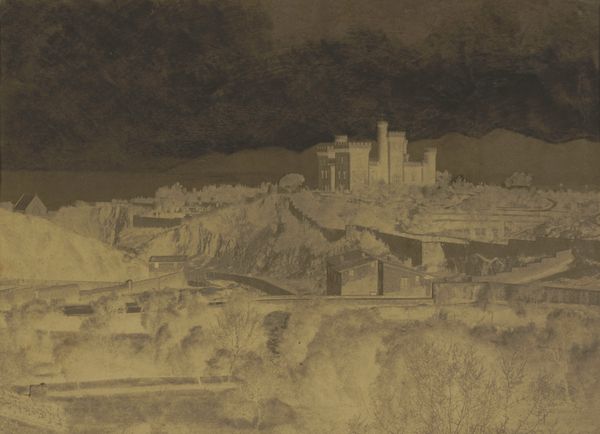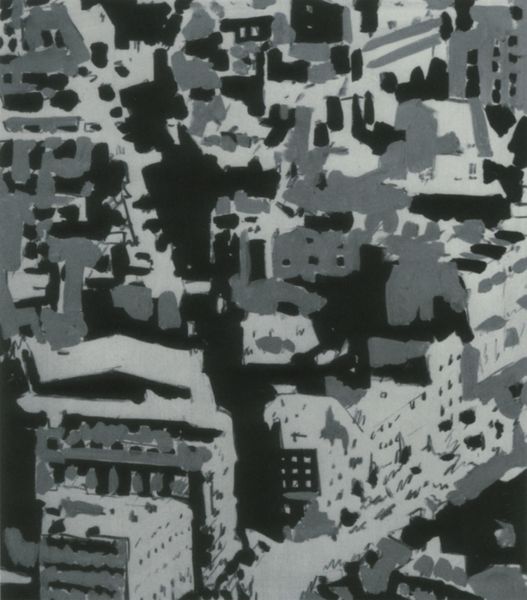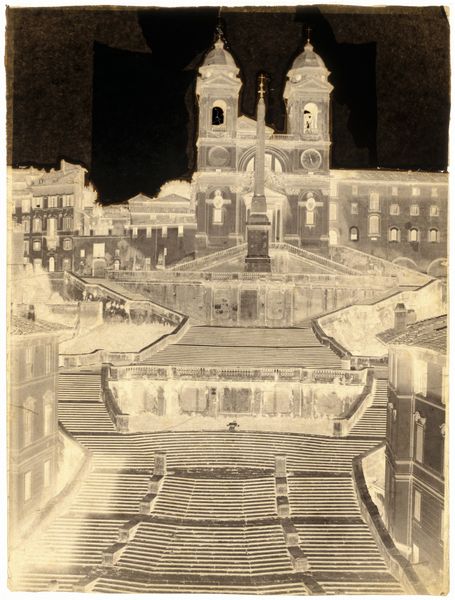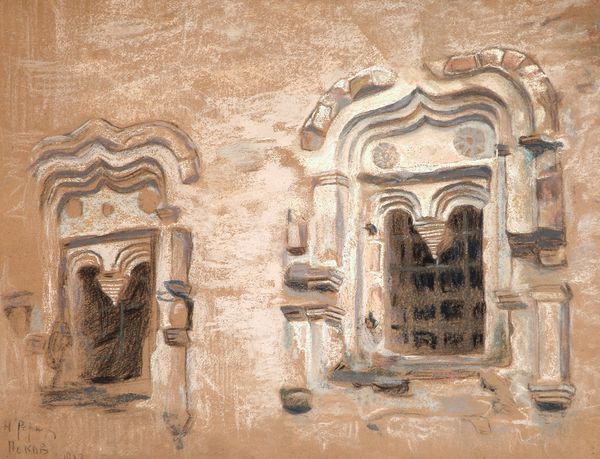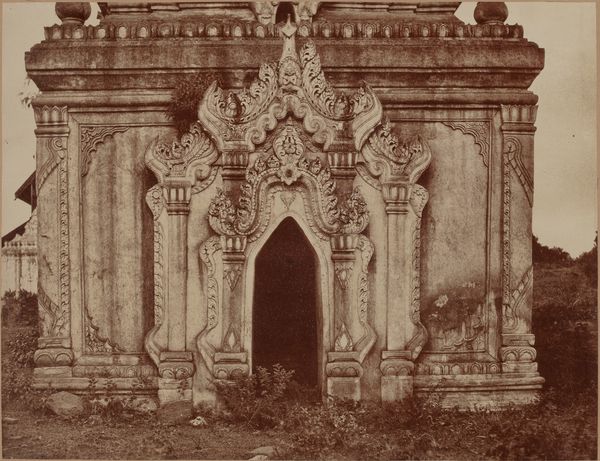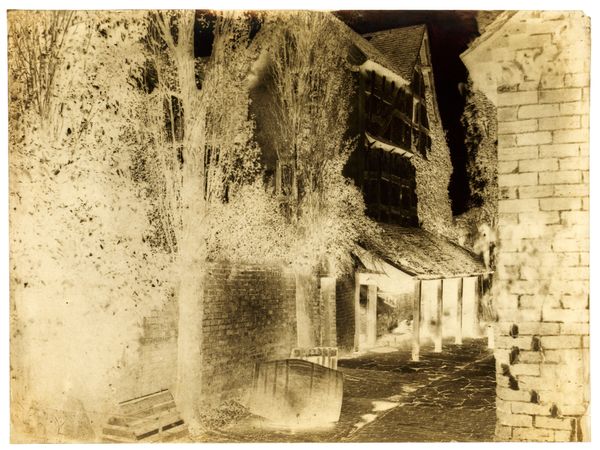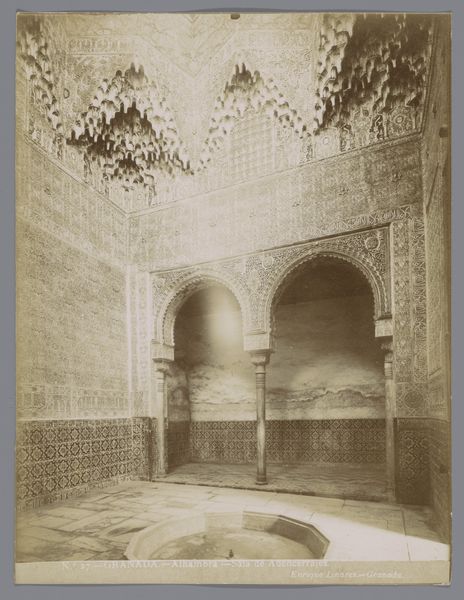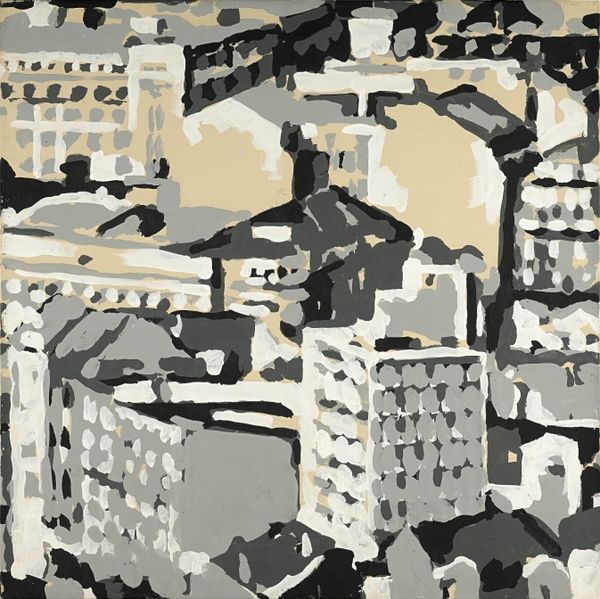
paper, photography, architecture
#
16_19th-century
#
asian-art
#
landscape
#
paper
#
photography
#
cityscape
#
islamic-art
#
architecture
Dimensions: 36 × 46 cm (image/paper, sight); 56 × 71.1 cm (mount)
Copyright: Public Domain
Editor: We're looking at a photograph by John Murray, "The Tomb of Itimad-ud-Dawlah," taken sometime between 1858 and 1862. It's sepia-toned and dreamlike, almost ethereal. What's your interpretation of this image, considering its historical context? Curator: This photograph is a fascinating example of how photography intersected with colonial power dynamics in 19th-century India. Murray, a British doctor and photographer, documented architecture like the Tomb, reflecting the British gaze on Indian culture and heritage. Consider how the composition itself—the distance, the angle—positions the viewer in relation to this site of power. What does it mean to photograph a tomb? Editor: So, it's not just about documenting the architecture but also about power and perspective? The act of photographing becomes an assertion of control? Curator: Precisely. This photograph, presented in sepia, idealizes and perhaps even romanticizes the ‘Orient’ for a Western audience. It creates a certain kind of historical narrative that perhaps minimizes the complexities of the lived experiences and erases contemporary identities. How might a photograph like this, circulated in Britain, shape perceptions and policies related to India? What stories get left out? Editor: It's easy to get lost in the aesthetic and miss the potential for misrepresentation. It makes me think about who controls the visual narrative and whose voices are amplified or silenced. Curator: Exactly. And consider, too, the economics of photography at the time. Who had access to these images? How were they used? Examining those questions opens up avenues for understanding the social and political work this photograph performed, not just its artistic merit. Editor: That’s a completely different way of looking at this image; it gives me a much wider scope for understanding. Thank you! Curator: My pleasure. It is crucial to critically evaluate historical photographs like this to fully appreciate their impact on our understanding of cultural heritage.
Comments
No comments
Be the first to comment and join the conversation on the ultimate creative platform.
